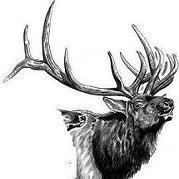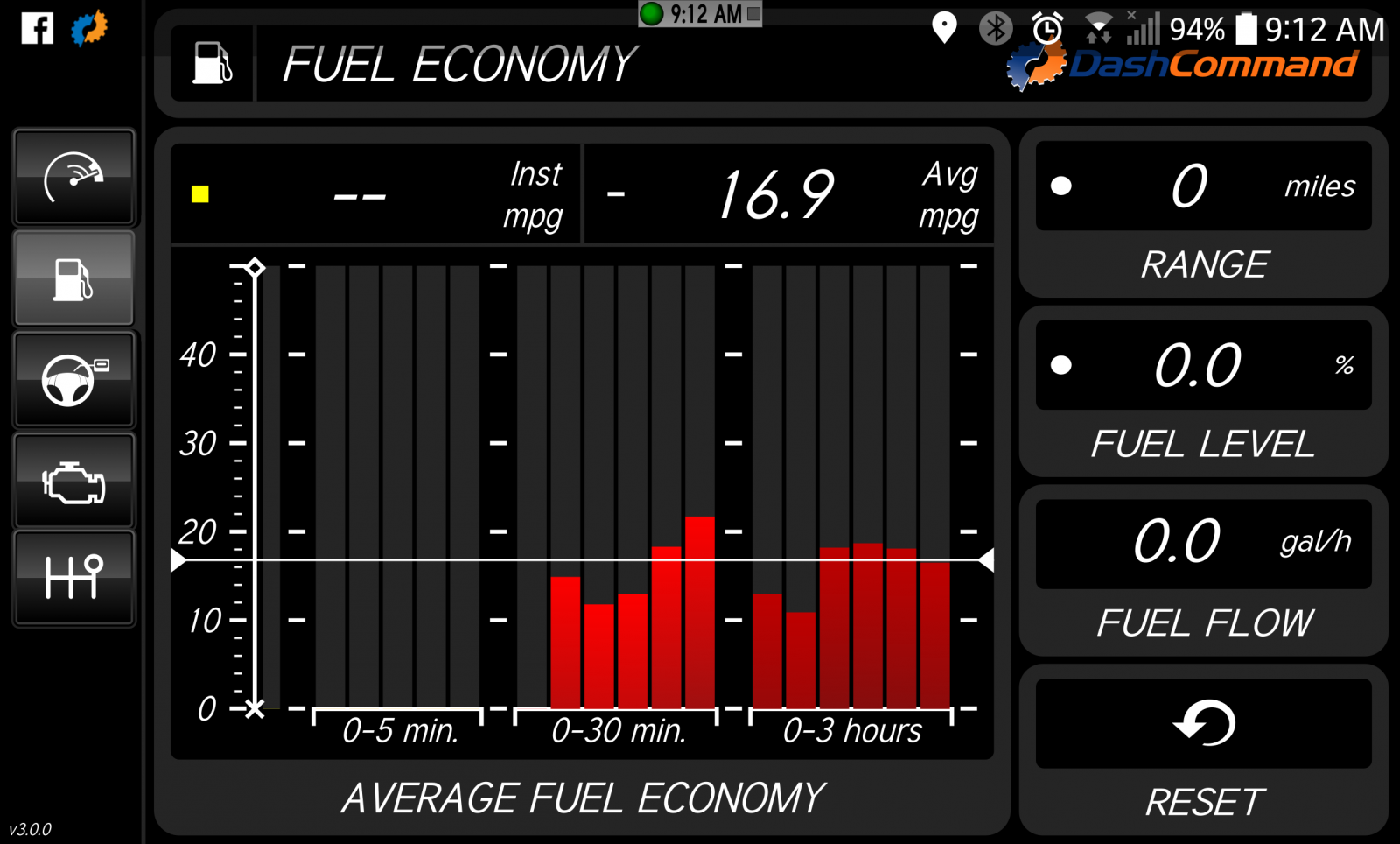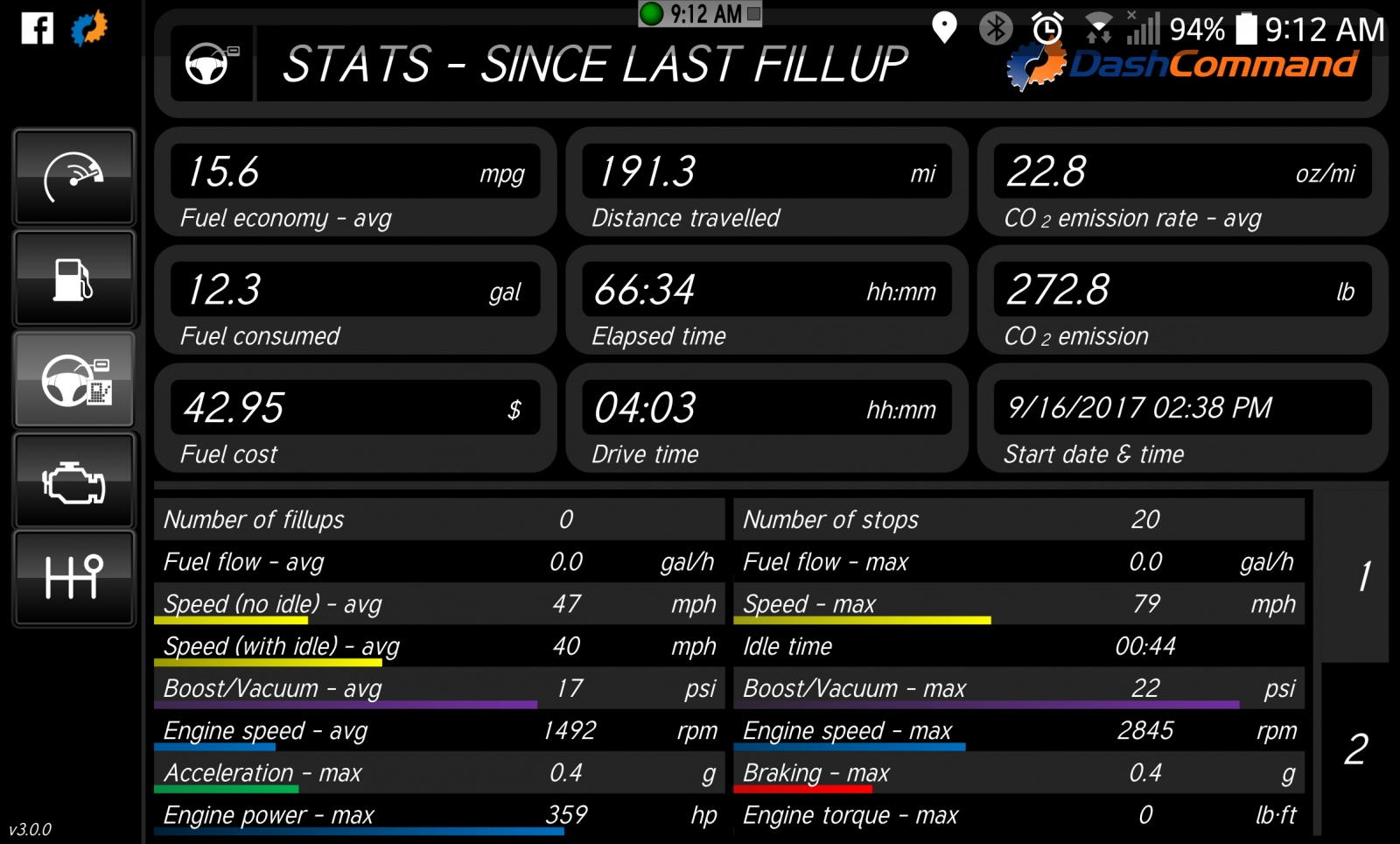- Replies 43
- Views 5.3k
- Created
- Last Reply
Top Posters In This Topic
-
 Me78569 16 posts
Me78569 16 posts -
 Mopar1973Man 10 posts
Mopar1973Man 10 posts -
kzimmer 7 posts
-
 AH64ID 3 posts
AH64ID 3 posts
Most Popular Posts
-
The volume of fuel injected is dependent on the nozzle size. If you go to bigger nozzles you are injecting more fuel, hence the more power and more smoke :-) The 125mm3 is part of the OEM
-
The calibration is considering the injector size. 125mm3 is oem command and bosch duration through an oem nozzle? Haha i dont know that much, i am just bull headed enough to look until i find
-
Well I have working instant MPG meter in the Quad now. Now I need to figure out a Trip MPG meter....ugh




Alright I am working through the process of creating a true instant MPG meter.
In theory, I love that word, we should be able to know how much fuel is being burned. We know commanded duration, we know speed, we know rpms.
Below is the rough draft #1 for my testing, I am not concerned about it being %100 accurate.
So my Question is when it comes to injectors in the VP44 system. If the vp44 can produce 125mm3 of fuel per stroke in stock form, what happens when you increase injector size? Does having larger injectors mean the vp44 will produce more fuel, IE 200 mm3 of fuel? Or is the 125mm3 the vp44 is spec'd to produce a constant unrelated to the injectors?
@jlbayes @mopar1973man @carbur8tr and anyone else that has an input.